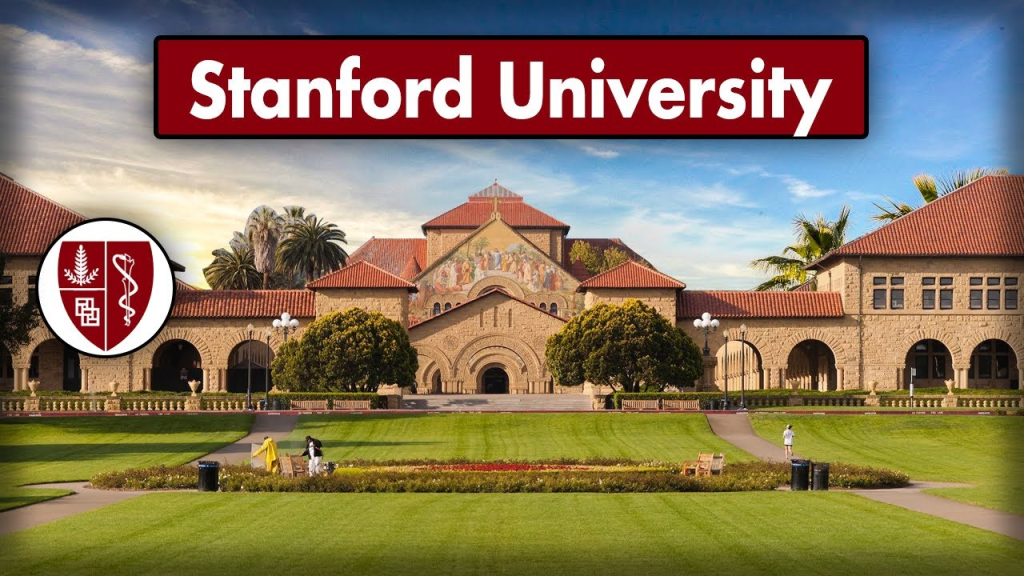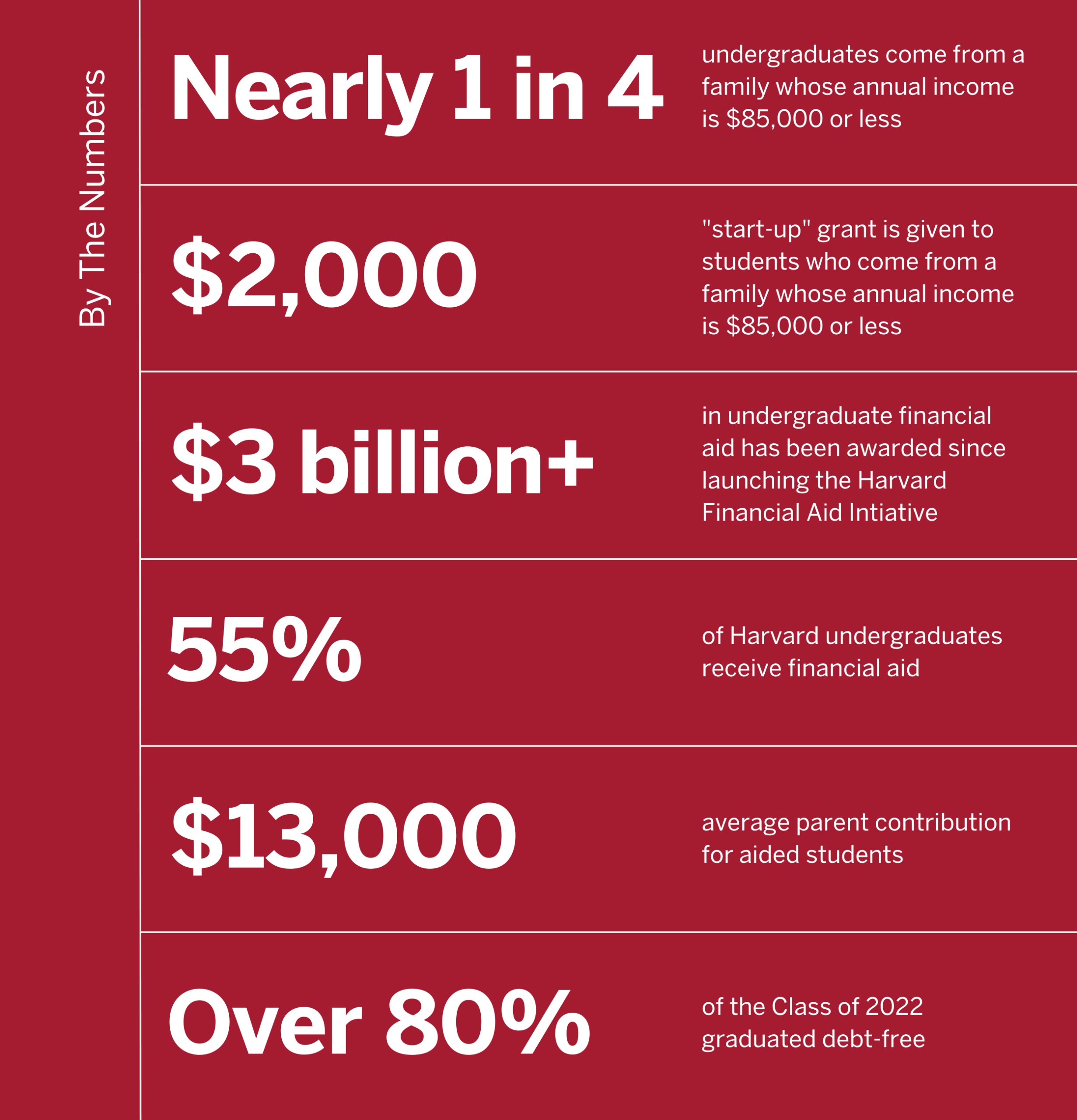Dreaming of Stanford University? You’re in excellent company.

Why Choose Stanford University?
Here’s why students across the world dream of studying at Stanford:
| Feature | Details |
|---|---|
| Global Ranking | 5th worldwide (QS 2025) |
| Student Population | Over 17,000 (UG + PG) |
| Campus | California, USA – near San Francisco and Silicon Valley |
| Ivy League Equivalent | Not Ivy League but even more selective in some areas |
| Graduate Employability | Among the highest worldwide – especially in tech, business, & academia |
| Notable Alumni | Elon Musk (dropout), Larry Page, Sundar Pichai, Reese Witherspoon, Peter Thiel |
Entry Requirements for International Students
Stanford admits students from all over the world and uses a holistic review process. Academic excellence, essays, extracurriculars, and letters of recommendation are key components.
Undergraduate Programs at Stanford University
| Requirement | Details |
|---|---|
| Academic Qualification | 90–95%+ in Class XII or equivalent |
| English Proficiency | TOEFL iBT 100+ / IELTS 7.0+ (recommended) |
| Standardized Tests | SAT/ACT: Test-optional policy in place (check current year updates) |
| Essays & Recommendations | Common App + Stanford-specific essays + 2 teacher LORs |
| Extracurricular Profile | Leadership, innovation, awards, community involvement are highly valued |
Postgraduate Programs at Stanford University
| Requirement | Details |
|---|---|
| Academic Qualification | Bachelor’s degree with First Class (75–85%+) |
| English Proficiency | TOEFL iBT 100+ / IELTS 7.5+ |
| GRE/GMAT | Required for some programs (e.g., MS, MBA, PhD – varies by department) |
| Work Experience | Needed for certain programs (e.g., MBA at Stanford GSB) |
| Statement of Purpose | Required for almost all PG applications |
Application Process to Stanford University
| Step | Details |
|---|---|
| Research Programs | Explore programs across seven Stanford schools |
| Prepare Documents | Transcripts, essays, test scores, SOPs, LORs, CV, passport copy |
| Apply Online | UG via Common App / PG via departmental portals |
| Application Fee | $90 (UG) / varies for PG programs |
| Interview | Not required for all – may be optional or program-specific |
| Decision | UG in April / PG timelines vary |
| Visa Process | Start after receiving I-20 and confirming admission |
Required Documents Checklist
| Document | Undergraduate | Postgraduate |
|---|---|---|
| Academic Transcripts | Yes | Yes |
| Personal Statement/Essays | Yes | Yes (SOP) |
| Letters of Recommendation | 2 | 2–3 |
| English Test Scores | Yes | Yes |
| Passport Copy | Yes | Yes |
| Resume/CV | Optional | Often Required |
| Portfolio | For design/arts | Required for specific creative fields |
Key Deadlines at Stanford University
| Intake | Application Opens | Deadline |
|---|---|---|
| Fall Intake (UG) | August (previous year) | Nov 1 (Restrictive EA) / Jan 5 (RD) |
| Fall Intake (PG) | Varies by program | Typically Dec–Jan |
Important Dates for 2025 Entry
| Event | Date |
|---|---|
| UG Restrictive Early Action | November 1, 2024 |
| UG Regular Decision Deadline | January 5, 2025 |
| PG Application Deadlines | Dec 2024 – Jan 2025 (varies) |
| Decision Notifications | April 2025 (UG) |
| Course Start | September 2025 |
Popular Courses at Stanford
| Program | Duration | Annual Tuition Fee (USD) |
|---|---|---|
| Bachelor of Science / Arts | 4 years | $64,000 |
| MS in Computer Science | 2 years | $58,000 |
| MBA (Stanford Graduate School of Business) | 2 years | $82,000 |
| PhD Programs | 4–6 years | Fully funded in most cases |
| MS in Engineering | 2 years | $57,000 |
| MA in International Policy | 2 years | $50,000 |
Scholarships for International Students
| Scholarship Name | Amount (USD) | Eligibility Criteria |
|---|---|---|
| Knight-Hennessy Scholars Program | Full funding | All grad programs; leadership, vision, academic merit |
| Stanford Need-Based Aid (UG) | Up to 100% | Demonstrated financial need |
| External Scholarships | Varies | Inlaks, Fulbright, Rhodes, Tata Trusts, etc. |
Student Life & Support at Stanford
| Feature | Details |
|---|---|
| Accommodation | On-campus housing guaranteed for UG and most PG students |
| Part-Time Work | Up to 20 hours/week on-campus during academic term |
| Student Organizations | 600+ clubs – entrepreneurship, arts, robotics, social impact, more |
| Career Development | Industry connects in Silicon Valley, tech incubators, resume & interview help |
| Health & Counseling | Comprehensive health, counseling, and wellness programs |
| International Support | Bechtel International Center – visa, cultural transition, and more |
Ready to Study at Stanford?
With the right application strategy, guidance from top counselors like Admitix, and strong academics, your dream of studying at Stanford University is absolutely achievable.
Start your Stanford journey now!
FAQs – Stanford University
How hard is it to get into Stanford?
Extremely. Stanford has one of the lowest UG acceptance rates in the world – under 4%.
Does Stanford accept Indian board exam scores?
Yes, but they expect high grades (90%+). IB, A-Levels, and other curriculums are also accepted.
Can I study MBA at Stanford as a fresher?
Stanford GSB generally prefers candidates with 2–5 years of work experience.
Do I need to take GRE for Stanford PG programs?
Depends on the program. Some have waived it, others still require it – check department websites.
Is financial aid available for international students?
Yes – need-based aid (UG) and fellowships (PG) are available. Knight-Hennessy is a top option.










